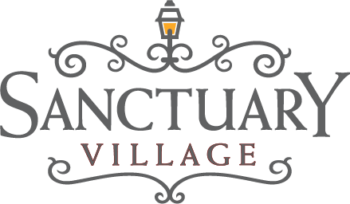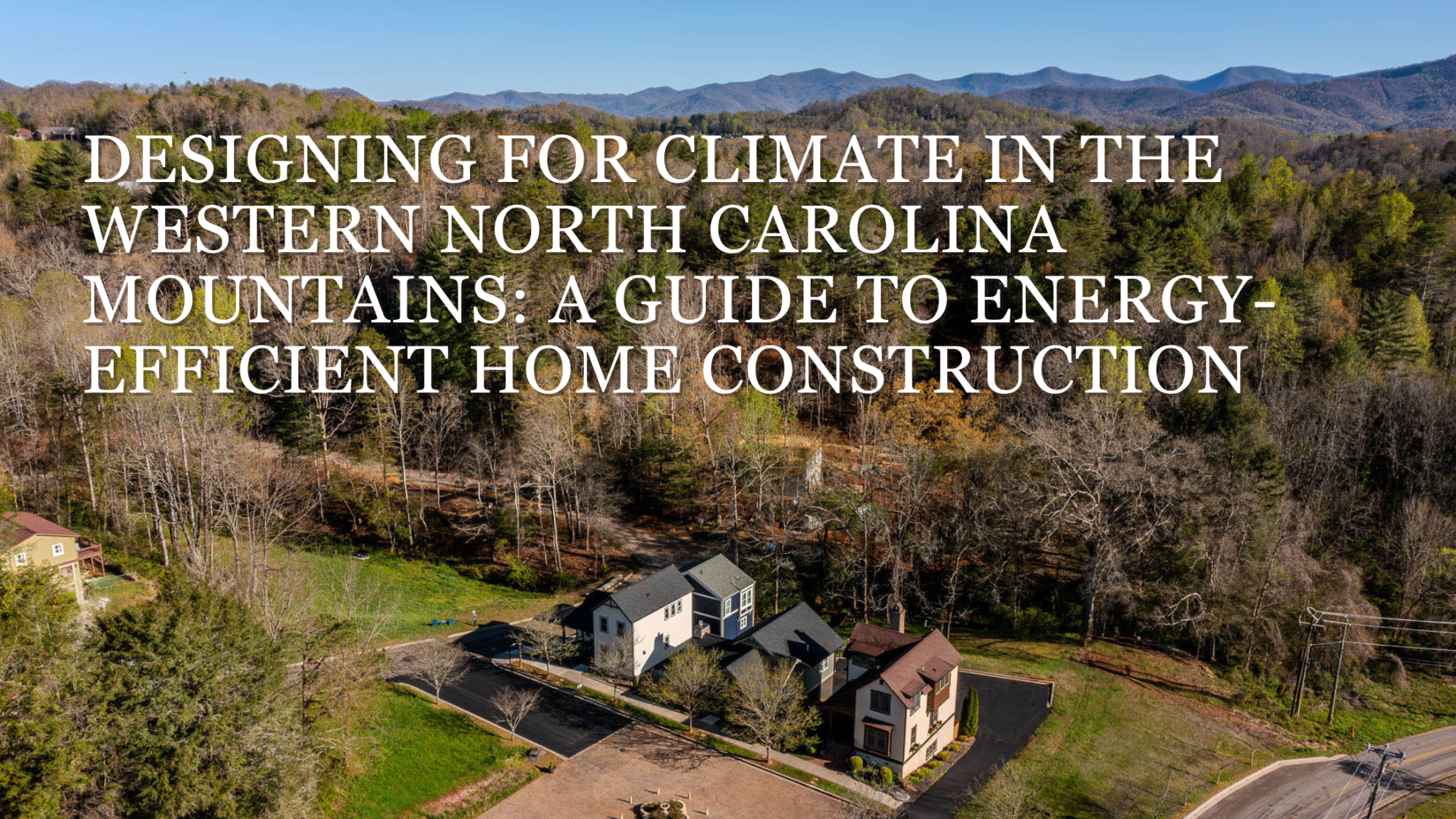When planning new home construction in the Western North Carolina mountains, designing with the region’s unique climate in mind is essential. This mountainous area experiences varied weather patterns, from cold, snowy winters to warm, humid summers. By incorporating climate-specific design elements, you can create a home that maximizes comfort, enhances energy efficiency, and blends seamlessly with the natural landscape.
Understanding the Mountain Climate
The Western North Carolina mountains feature a mix of cool winters, mild summers, and significant precipitation throughout the year. The elevation also plays a crucial role in determining the local microclimate. Homes in higher elevations, such as those in the Blue Ridge Mountains, may experience cooler temperatures and more snowfall compared to homes in lower valleys.
Key Climate Features:
- Cold Winters: High-altitude areas like Asheville and Boone see regular snowfall and freezing temperatures during the winter months.
- Mild Summers: Summers are generally cooler than in the surrounding lowlands, but humidity can still be a factor, especially in July and August.
- Variable Precipitation: The region receives ample rainfall, which supports lush vegetation but also requires careful planning to manage moisture and drainage.
Passive Solar Design for Mountain Homes
Maximizing Sunlight:
- South-Facing Windows: In the mountains, where winters are cold, positioning your home to maximize southern exposure can help capture and retain heat from the sun during the day. Large, south-facing windows with appropriate glazing can reduce the need for heating in winter months.
- Overhangs and Eaves: Incorporate deep overhangs or eaves to block the high summer sun while still allowing low-angle winter sunlight to warm the interior. This is particularly effective in managing seasonal temperature changes typical of the region.
Thermal Mass:
- Stone and Masonry: Utilize locally sourced stone or masonry as part of the home’s structure to absorb and retain heat during the day, releasing it slowly at night. This can be especially beneficial in high-altitude areas where temperatures drop significantly after sunset.
Insulation and Air Sealing for Year-Round Comfort
Climate-Specific Insulation:
- High R-Value Insulation: Given the cold winters in the mountains, using high R-value insulation in walls, roofs, and floors is crucial. Spray foam or blown-in cellulose are effective options for sealing out drafts and maintaining a consistent indoor temperature.
- Double-Glazed Windows: Install double or triple-glazed windows to prevent heat loss during the winter and reduce cooling needs in the summer. This is particularly important in areas like Banner Elk or Highlands, where the weather can be extreme.
Air Sealing:
- Comprehensive Sealing: Pay special attention to sealing all potential air leaks around windows, doors, and other openings. In the damp mountain climate, preventing moisture infiltration is just as important as keeping out cold air.
Natural Ventilation and Cooling Strategies
Cross Ventilation:
- Strategic Window Placement: Position windows on opposite sides of the home to take advantage of the cool mountain breezes. This is especially effective in valleys where the natural flow of air can help cool the home without relying on mechanical systems.
- Screened Porches and Sunrooms: Consider adding screened porches or sunrooms to capture breezes and enjoy outdoor living while staying protected from insects. These spaces can also help moderate indoor temperatures.
Shading and Landscaping:
- Deciduous Trees: Plant deciduous trees like maples or oaks around the home to provide natural shade in the summer and allow sunlight through in the winter. These trees are well-suited to the mountain climate and contribute to the region’s picturesque landscapes.
- Green Roofs: Incorporate green roofs to improve insulation and manage stormwater runoff. Green roofs are particularly useful in areas with heavy rainfall, such as those found in the Pisgah National Forest area.
Energy-Efficient Systems and Materials
Heating and Cooling Systems:
- Geothermal Heating: In regions like Western North Carolina, where temperatures can vary widely, geothermal heating systems are an excellent choice. These systems use the stable underground temperatures to efficiently heat and cool the home, reducing energy consumption.
- Mini-Split Systems: Ductless mini-split systems are ideal for providing zoned heating and cooling in mountain homes. They allow you to control the temperature in individual rooms, saving energy by only heating or cooling the areas in use.
Renewable Energy Sources:
- Solar Panels: Western North Carolina’s mountainous terrain offers many sites suitable for solar panel installations, especially on south-facing slopes. Solar panels can offset electricity costs and contribute to a more sustainable home.
- Hydroelectric Power: If your property includes a stream or river, micro-hydroelectric power may be an option. This renewable energy source is particularly relevant in the mountainous regions where water flow is abundant.
Sustainable Materials:
- Locally Sourced Wood: Using locally sourced wood not only supports the regional economy but also reduces the carbon footprint associated with transportation. Consider hardwoods like oak or hickory, which are native to the area and highly durable.
- Recycled Materials: Incorporate recycled building materials, such as reclaimed wood or recycled steel, to reduce environmental impact. These materials are readily available in Western North Carolina and add a unique character to the home.
Climate-Specific Design Features
Cold Climate Considerations:
- Radiant Floor Heating: In colder parts of the mountains, radiant floor heating can be a highly efficient way to keep your home warm. It provides consistent heat and can be powered by renewable energy sources like solar or geothermal systems.
- High-Performance Windows: In places like Blowing Rock or Beech Mountain, where winter conditions are severe, high-performance windows with low-E coatings will help retain heat and improve energy efficiency.
Rainwater Management:
- Rain Gardens: Given the high rainfall in the mountains, consider designing a rain garden to manage runoff. This not only reduces erosion but also supports local flora and contributes to the natural beauty of your property.
- French Drains: Install French drains to divert water away from the foundation, preventing moisture-related issues such as mold or basement flooding. This is particularly important in steep or sloped areas where water runoff can be significant.
Designing for climate in the Western North Carolina mountains requires a thoughtful approach that considers the region’s unique weather patterns and natural features. By incorporating elements like passive solar design, effective insulation, natural ventilation, and renewable energy systems, you can create a home that is not only comfortable and energy-efficient but also harmonious with the surrounding environment.
For more insights on designing and building your dream home in the mountains, explore our related articles on Architectural Design Principles, Energy Efficiency in Design, and Sustainable Building Materials. Start your journey towards creating a climate-resilient home in Sanctuary Village, tailored to the beauty and challenges of the Western North Carolina landscape.

